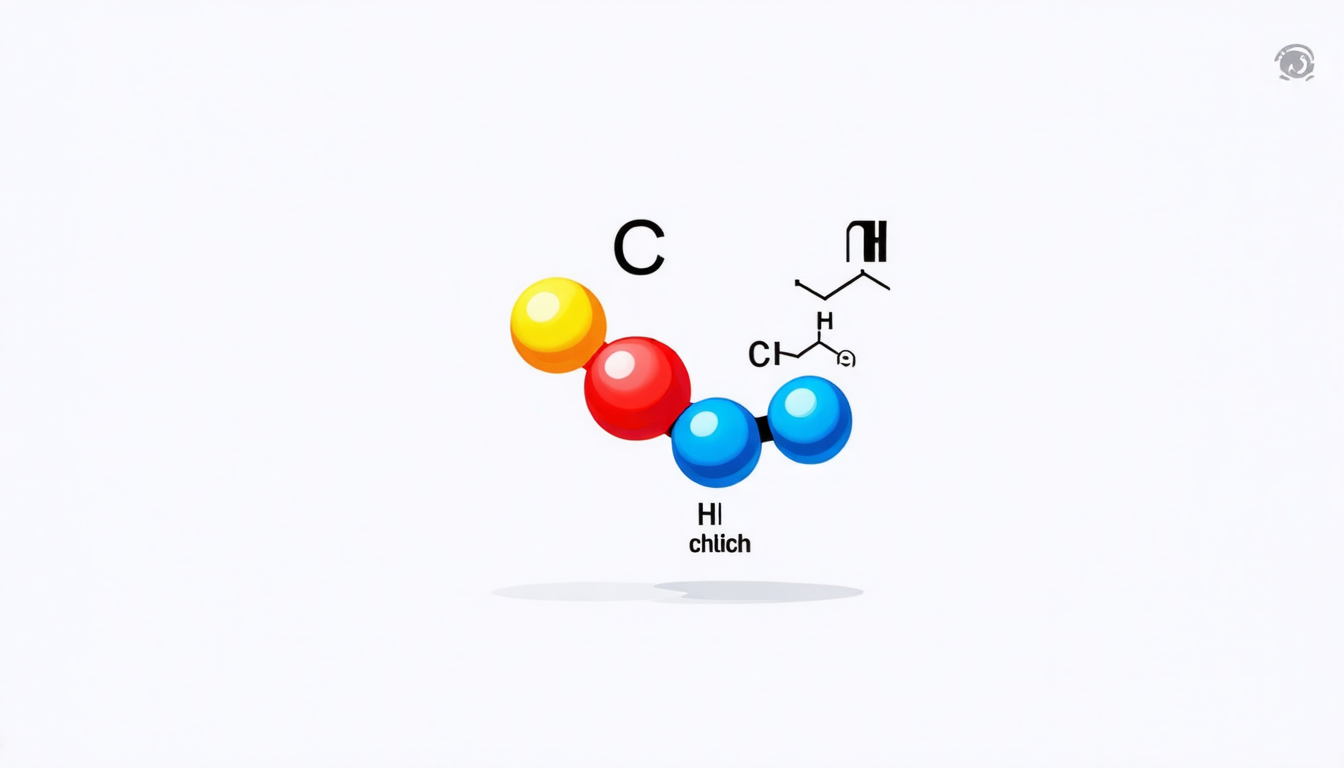Monday 07 April 2025
Scientists have long struggled to predict when a mixture of different chemicals will separate into distinct phases, like oil and vinegar or sugar and water. This process, known as phase separation, is crucial in fields ranging from pharmaceuticals to materials science, but it’s notoriously tricky to model accurately.
Now, a team of researchers has developed a new approach that uses contact maps – essentially, a map of how often different parts of two molecules interact with each other – to predict when a mixture will separate. This method is a major improvement over existing techniques, which rely on simpler metrics like the size of individual molecules or their overall attraction to each other.
The problem with these traditional approaches is that they fail to capture the complex interplay between different parts of a molecule. For instance, two molecules might have similar sizes and attractions, but one might have a crucial region that interacts strongly with another molecule in the mixture. This kind of nuanced detail is essential for predicting phase separation, but it’s difficult to incorporate into traditional models.
Contact maps offer a solution by providing a detailed picture of how different parts of two molecules interact. By analyzing these maps, scientists can identify which regions are most likely to come together and form strong bonds, and which are more likely to repel each other. This information is then used to predict whether the mixture will separate into distinct phases.
The new approach was tested on a variety of mixtures, including some that were previously difficult to model accurately. The results were impressive: the contact map-based method correctly predicted phase separation in all but one case, and it did so with unprecedented accuracy.
One key advantage of this technique is its ability to handle complex, chemically-specific interactions between different molecules. This is particularly important for understanding biological systems, where the behavior of individual proteins or other biomolecules can have a significant impact on their overall function.
The researchers behind this study are optimistic that their approach will lead to major advances in fields like pharmaceuticals and materials science. By providing a more accurate way to predict phase separation, they hope to accelerate the development of new treatments and products.
Of course, there’s still much work to be done before this technique is widely adopted. The researchers need to refine their method further, and test it on an even wider range of mixtures. But the potential benefits are undeniable: by unlocking the secrets of phase separation, scientists may be able to create more effective medicines, stronger materials, and countless other innovations that will transform our world.
Cite this article: “Unraveling the Phase Behavior of Heteropolymer Sequences: A Computational Study”, The Science Archive, 2025.
Phase Separation, Contact Maps, Molecule Interactions, Chemical Mixtures, Pharmaceuticals, Materials Science, Biomolecules, Protein Behavior, Treatment Development, Scientific Modeling







